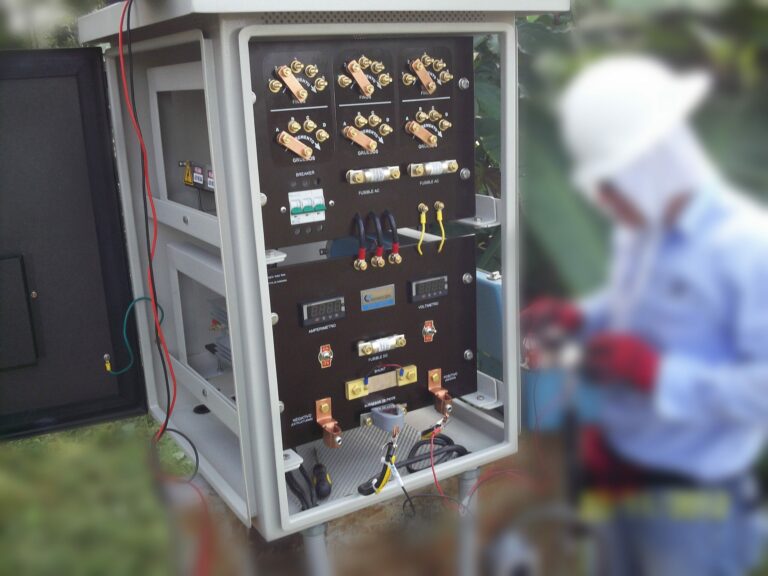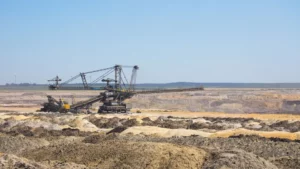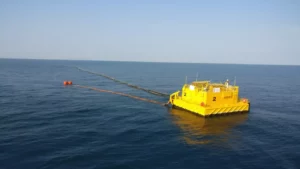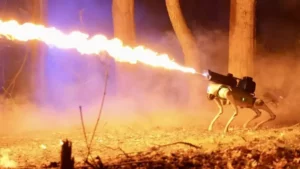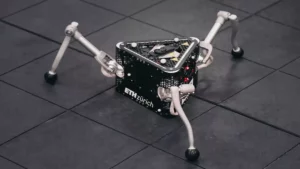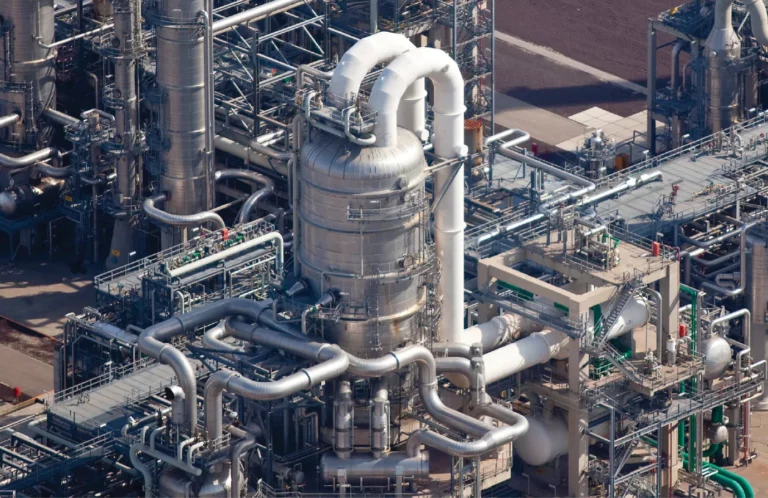Author: Ph.D. Yolanda Reyes, October 19, 2023
Cathodic protection is a method of corrosion control of buried or submerged metal structures , such as pipelines, storage tanks, and marine structures. However, despite its proven efficiency. During the installation of a cathodic protection system, a series of problems may arise that require attention and appropriate solutions. In this article, we will discuss some of the most common problems, challenges and solutions associated with cathodic protection, including electrical interference, uneven current distribution, and corrosion due to high soil resistivity, among others.
Cathodic protection, widely used in the fight against corrosion, has proven to be an invaluable tool in the preservation of critical assets in various industries. By leveraging fundamental electrochemical principles, this protection method allows metal structures to operate as cathodes in an electrochemical circuit, effectively reducing the risk of oxidation and ultimately extending the life of metal infrastructures.
However, despite its success and proven efficiency, cathodic protection is not exempt from a number of intricate challenges and problems that require careful attention and tailored solutions. In this article, we will explore in detail
The Importance of Cathodic Protection
Before delving into the problems and challenges, it is essential to understand the importance of cathodic protection in preventing corrosion. This technique is based on the principle of making the protected metal structure act as the cathode of an electrochemical circuit, preventing it from becoming the anode and therefore reducing metal oxidation. Instead of the metal corroding, small sacrificial anodes (usually made of zinc or aluminum) release electrons and corrode instead. This significantly extends the life of the structure and reduces maintenance costs.
Problems and solutions in a Cathodic Protection System
Challenge 1: Electrical Interference
One of the most significant challenges in cathodic protection is due to the possible presence of stray currents that can come from locomotion systems, nearby electrical systems, such as power lines, electrified railway tracks or communication cables, generate electromagnetic fields that affect the operation of cathodic protection systems. These fields can interfere with current distribution and make cathodic protection less effective.
The basis of the problem is based on the fact that corrosion occurs at the points where the positive current leaves a structure, such is the case of the anodes, the solution consists of: eliminating the possibility of current entry or through its orientation to avoid that it is discharged to the ground.
To address this problem, mitigation techniques are used, such as the proper design of grounding systems, the use of conductive coatings, and the physical separation of electrical cables and cathodic protection systems. Additionally, constant monitoring of electrical interference is essential to detect problems early and take corrective measures.
Challenge 2: Irregular current distribution
Another important challenge is achieving uniform current distribution in the structure being protected. At times, certain areas may receive excessive current, while others may be underprotected. This may be due to factors such as the geometry of the structure, the location of the anodes, and the conductivity of the soil.
To solve this problem, careful design of the cathodic protection system is necessary, including the strategic placement of anodes and the installation of current distribution devices, such as cables and connectors. Additionally, advanced modeling and simulation techniques can be used to optimize current distribution and ensure effective protection.
Challenge 3: Corrosion due to high soil resistivity
Soil resistivity is a critical factor in the effectiveness of cathodic protection. In soils with high resistivity, electrical current dissipates more slowly, making it difficult to adequately protect metal structures. This problem is especially relevant in regions with dry or rocky soils.
To overcome this challenge, solutions such as increasing anode density, using high-performance anodes, and improving soil conductivity by injecting conductive chemicals can be implemented. Choosing the appropriate strategy depends on the specific site conditions and should be evaluated by cathodic protection experts.
Conclusion
Cathodic protection is an essential technique to prevent corrosion of critical metal structures in buried or submerged environments. Despite their proven effectiveness, cathodic protection systems face significant challenges, such as electrical interference, uneven current distribution, and corrosion due to high soil resistivity. These challenges require a careful approach to the design, installation and monitoring of cathodic protection systems to ensure effective protection and extend the life of metal structures. Ultimately, addressing these issues is essential to maintaining the integrity and security of critical infrastructure.



